Product photos went out of fashion a few years ago, when companies started adopting digitally-made visuals for their promo material. Marketers switched to videos and pictures made by animation rendering. In this article, we’ll explain what product rendering is, why marketers use it and how it can benefit your business.
What is Product Rendering?
Product rendering is a process where a designer creates realistic depictions of a particular product with the help of rendering tools. They use the method to make videos and images for advertising purposes.
The most interesting technique to make such representations is 3D product rendering. This way a single product can be shown in different angles, making it easier for the viewer to perceive the object up close and find out how it works.
3D product rendering services enable marketers to present new products long before their launch on the market. Product design rendering comes in handy in the development process. It’s easier to envision the end-product once every team member knows what they’re supposed to do at each step of the way. So let’s see what those steps are. Moreover, it is useful as an initial concept for 3D detailing animation.

3D Product Rendering Steps
Every designer and animator will have their unique method, but we’ll try to go through the basic 3D animation rendering steps. The start is always the same: they have to have detailed info on what to create. After that, the rendering can start.
1. Sketching
The first step involves sketching. In other words, the designer will draw the product from each angle. It can be a one-page set of sketches or multiple pages depicting the object from each side. It has to give enough information for the client to decide whether the 3D representation will be as imagined in the first place.
Although it sounds simple, the sketching phase can last up to a few weeks, if not months. The goal is to show the object with its major components. The designer won’t go into detail because the refinement stage comes next.
2. Refinement
In the second stage, the designer will take all of the significant functions and showcase them in 3D space. The once two-dimensional sketch turns into a 3D model that has to have all the essential information about the product.
The details here are still as minimal as possible, but this time certain parts have to stand out. For example, if you have to refine a sketch of a smartphone, one image would represent one button, while the other would show the charging port. Additionally, the designer can enhance the parts with the use of color, symbols or other design elements.
3. Final Rendering
Final rendering consists of choosing which product design is the final one. After that, the designer adds colors and materials. The design depends either on the client’s preferences or the designer’s style. They will usually look at similar products beforehand and do a little research of the specific niche.
This step is the most complicated one, and we can divide it into additional segments.
- Choosing the right viewpoint – The designer makes a thumbnail sketch and paints over it.
- Drawing center lines and construction lines – The lines through and on the object serve as guides for the details and to determine where each element will be.
- Making outlines – When the designer’s done with the center and construction lines, it’s time to add the design that sticks inside of the construction lines.
4. Shading
Shading process is the step that every designer will start and end differently. For instance, some will start by applying colors to each section of the product, while others will highlight the elements that they consider important.
Applying colors to each part makes it simple to refine it afterwards. First, the designer will use light shadows to enhance specific elements. Next, he will add darker shadows to create a contrast, after which he will add texture. The texture is what makes the product unique. Being in a 3D space and having a textured surface, a 3D model becomes more realistic and appealing to the viewer.
Reasons to Use Animation Rendering
Product rendering has multiple advantages for marketing, as well as for educational purposes. Following are a couple of reasons why marketers should use animation rendering.
Developing the idea of end products
The most obvious reason to use 3D product rendering is to visualize how the final product will look. Engineers, designers, marketers and technicians all work together to make the product and, therefore, need a detailed image with the information for each member of the team.
It’s where product design rendering comes into play. 3D product imaging lets engineers know what the client needs but also enables marketers to know how to showcase the product and which elements to focus on. Without it, the designers would make complicated models of each product, which can take too much time and money.
Interactive design and clients’ wishes
The second reason to use 3D product rendering is an interactive design that every client can understand. Even if they want to change anything in the development stages, it’s simple for the employees in those stages to change the design according to the client’s wishes.
What’s more, sketches don’t do the trick anymore. 3D depicts the product with more details and with a focus on specific parts.
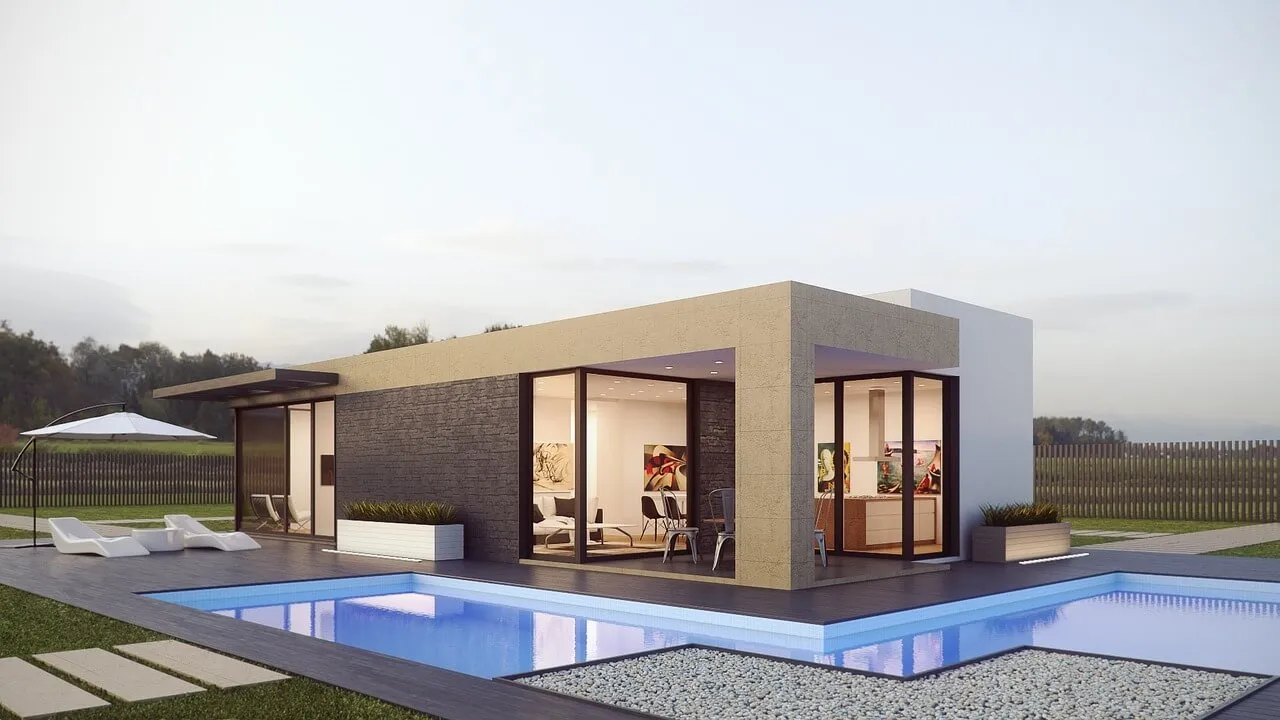
Educational purposes
Details are what helps future experts and current company representatives to learn how a new machine or product works. In that case, 3D product rendering serves as an educational tool. Your employees will have no trouble showing and explaining the components and the possibilities of the newest gadgets if they have a detailed image in front of them.
For example, it can be used for promotional purposes during events. Also, it helps marketers promote the products before official releases.
Advertising purposes
As said, 3D product rendering makes product images and videos more attractive and more appealing to customers. That’s the main reason advertising experts use it for various marketing campaigns.
Do You Need Product Rendering for Your Business?
If you think your product can get a new glow with 3D animation rendering, consult one of the 3D animation rendering services out there. 3D product rendering videos are the right choice for that want to explain their products to customers.
However, the videos, the images, and every other promo material should meet the needs of your current and future customer base. An excellent product rendering work of art is a useful and unique tool that can capture the customer’s attention and show the product’s main components, how they work, and how to put them to action. If you need those features, you have to incorporate 3D animation rendering images and videos into your marketing strategy right away.
Show the customers how exceptional your product is. Make sure to contact us at PinkSquare when you decide that 3D rendering is the missing piece to your business puzzle.

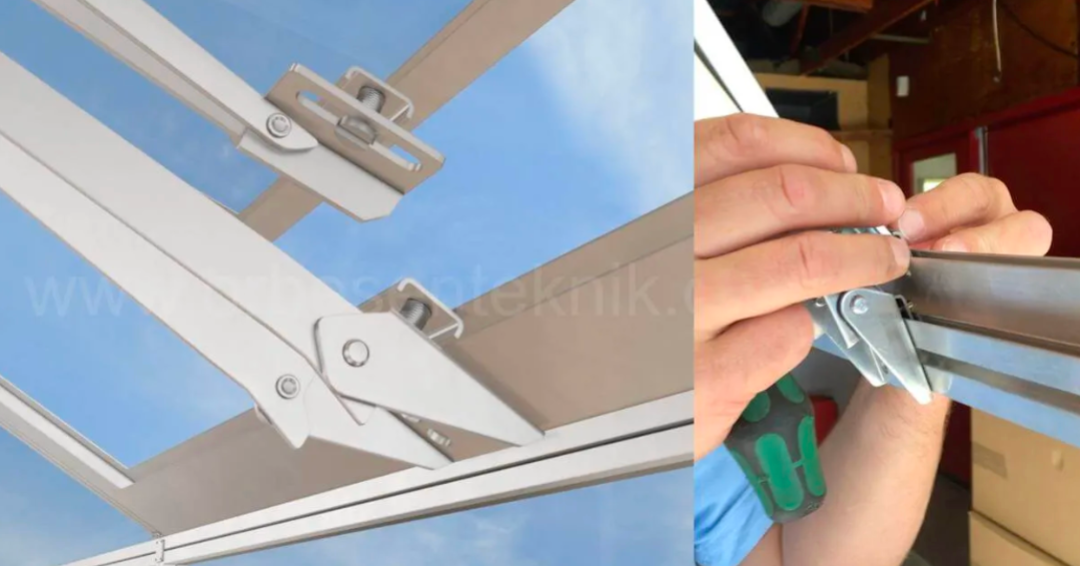
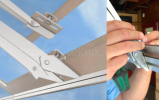
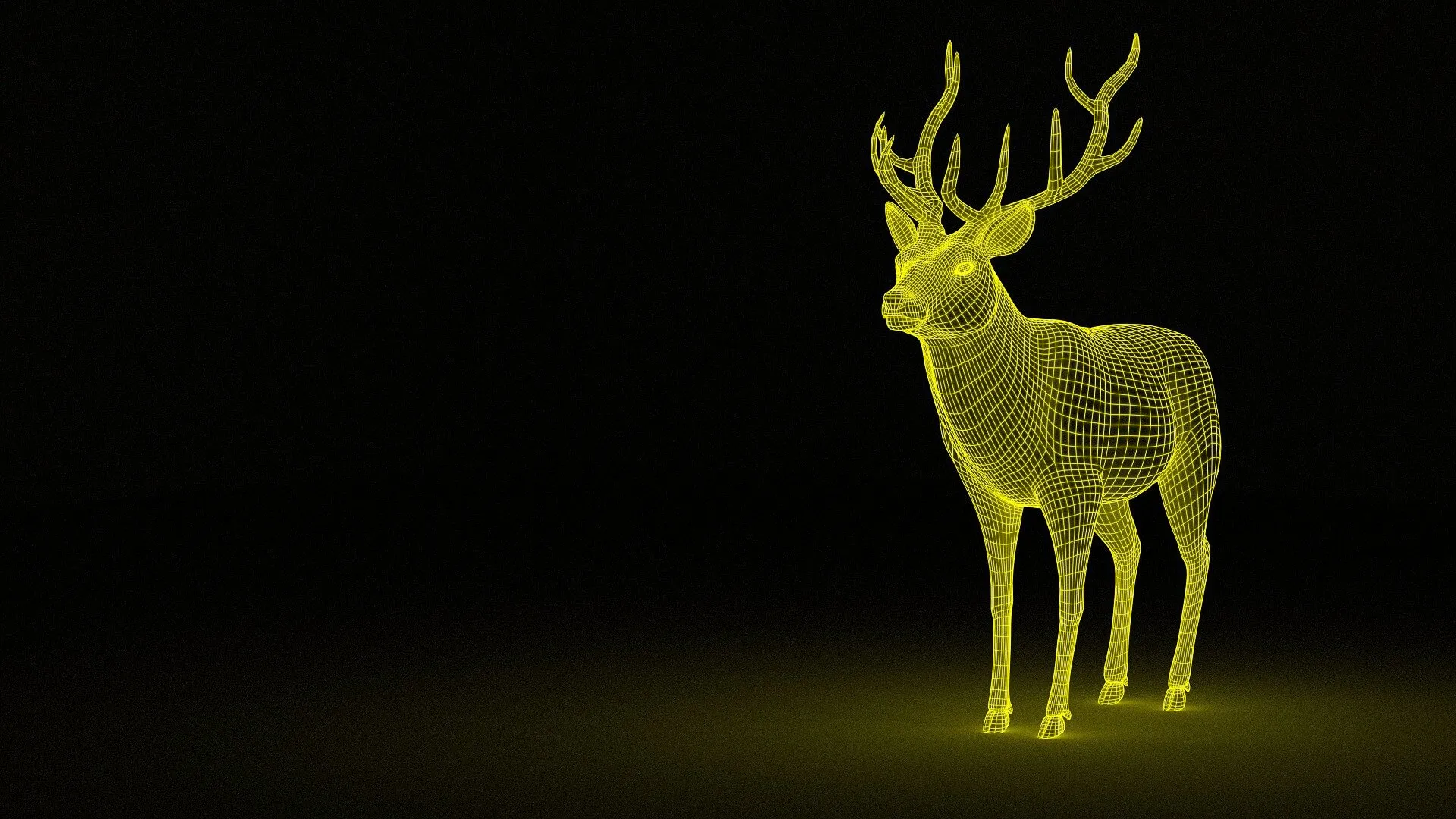
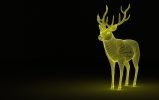
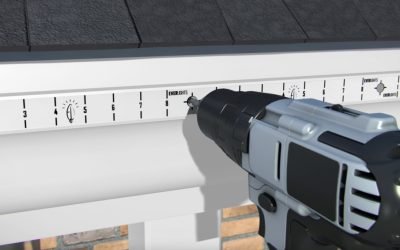
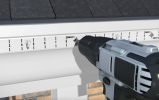
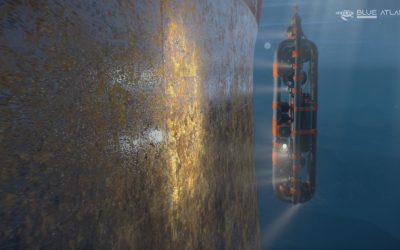
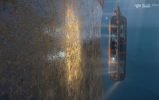

Recent Comments